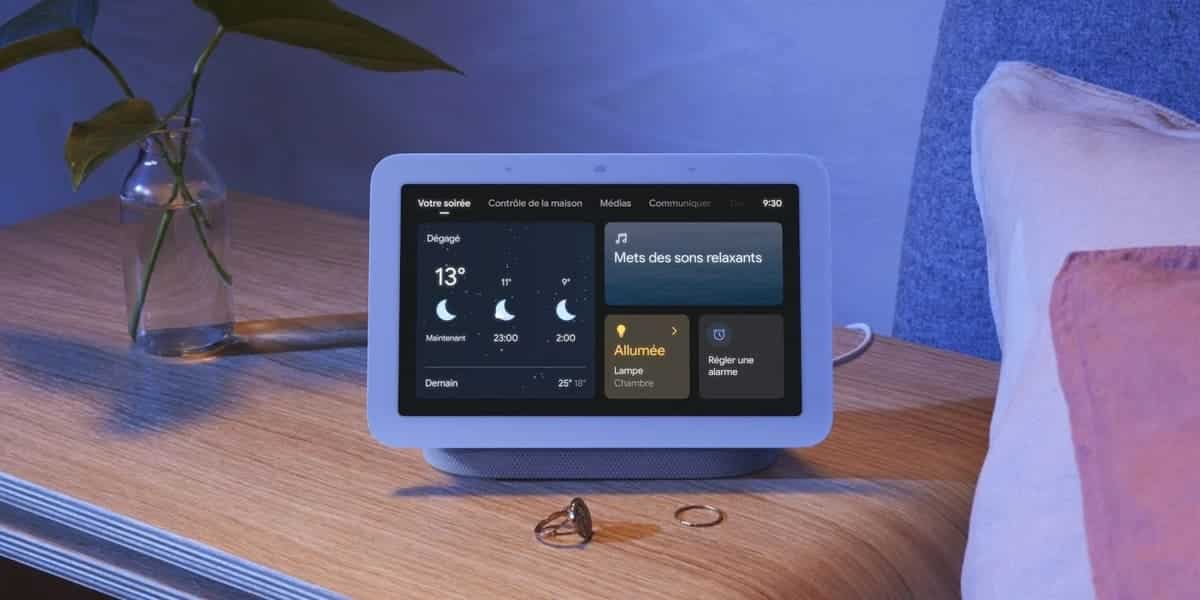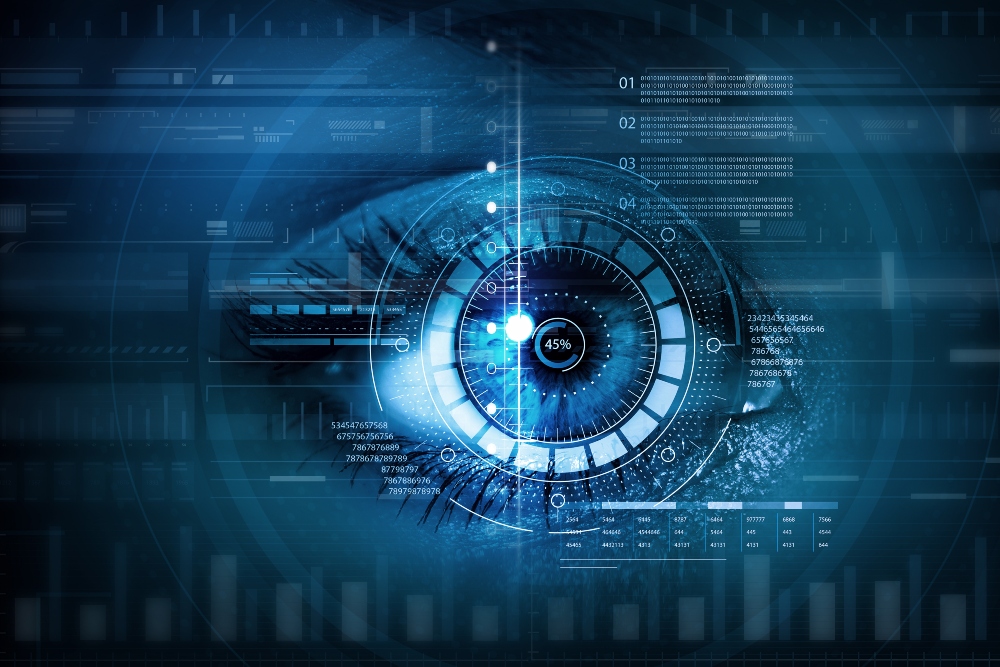Smart home trends to expect this year

Photo by Dan LeFebvre on Unsplash
Opinions expressed by Digital Journal contributors are their own.
Smart trends are no longer meant for high-end homes or saved for a future update; instead, consumers are purchasing homes now with an eye on the existing smart home technology that is already incorporated. New technologies for the home have taken off, with gadgets being launched for every room.
As we approach the second half of 2024, smart home technology continues to improve, introducing breakthroughs that promise to make your lives more easy, secure, and energy-efficient.
This article delves into the most recent advances in smart home technology and forecasts how these innovations will affect your living environments in the near future.
Integration
One of the main smart house trends is the increasing integration of smart home technology. As previously said, it has almost become an expectation rather than a luxury, and with rising expectations comes more connectivity and ease of use.
From an integration aspect, more smart home gadgets are beginning to connect with one another. For example, many rooms in your home may be furnished with Google Home speakers that can act as a group (rather than separate units).
A smart lighting system can manage all of the lights including the bedroom vanity from Modern Mirrors and can follow precise routines you set up to switch lights on and off around the house based on your schedule and needs.
When a smart refrigerator senses that you are running low on cheese, it may add it to your Amazon Alexa shopping list. Connection is essential when it comes to growing the smart home system.
Touchless technology
This trend had already begun to spread throughout the smart home industry. Touchless hand sanitizer dispensers are common in retail locations, and while they are unlikely to be smart-enabled, the possibility is there—and the touchless notion is increasing.
For example, touchless doorbells are a new invention that allows your guests to announce their presence without touching a common surface, which might transfer germs. Many home gadgets are managed by smartphone apps, so each person who has control just touches their phone, not the item physically.
Artificial Intelligence and the Internet of Things
Most people are familiar with certain parts of AI capabilities, thanks to voice assistants such as Amazon Alexa and Siri. Artificial intelligence is improving, comprehending orders better and responding in more meaningful ways. AI in smart homes enables people to play music, update their to-do lists, turn lights on and off, and accomplish a variety of other tasks.
The Internet of things (essentially connecting all of the world’s things to the Internet) is still a more complicated concept to grasp, but progress in the smart home world in terms of IoT will have a significant impact on making life easier, particularly in the smart bathroom space and smart kitchen.
Enhanced security
Security is a significant priority for smart homes. In 2024, powerful face recognition and motion-sensing systems will be available, allowing systems to discern between residents, visitors, and invaders, improving security while retaining privacy.
Smart security systems for homes are being designed to protect the outdoors while also ensuring the security of all of the smart home technology inside. These technologies will become increasingly networked, allowing you to monitor your house from anywhere and operate it remotely.
Improved connectivity
One essential need for future smart homes is mesh Wi-Fi high-speed internet access. Mesh Wi-Fi connects your main router straight to the well, eliminating dead zones and slow connections brought on by moving away from your network. All of the other smart home devices you install will be connected to a high-speed network throughout the house.
Smart thermostats
One of the most well-liked smart home technology devices is the smart thermostat. They may be fully customized to your preferred temperature and schedule and are rather easy to install, giving you remote access to manage the environment in your home.
Smart thermostats are also marketed as environmentally friendly since they allow you to effortlessly turn heating and cooling on and off while you are away from home, as well as cost-effective because they can reduce your utility costs.
Health tech
The epidemic has also prompted a trend in which a large number of smart home tech companies have started to concentrate only on. As was previously said, one of the most well-liked smart technology devices is the smart thermostat. However, some models also come equipped with stand-alone humidity sensors and other features like humidity sensors to enhance the quality of the air.
Air conditioning units and smart air purifiers are becoming more common, which contributes to maintaining and enhancing the quality of the air. Temperature-taking equipment is now included in some smart doorbells, enabling homeowners to check guests for one of the most basic COVID-19 indicators before letting them inside.
Less Covid-inspired, yet helpful, smart water filtration devices promote general health. Smart toilets have gone far beyond the standard model. By analyzing waste and skin with sensors, these advanced models may provide health information and alert users to potential problems so they can seek professional help before things become worse.
Privacy features
Data leaks and security flaws have plagued smart home technology. To remain relevant to today’s smart customers, corporations are developing features to ensure that users of these devices’ information and private lives within their homes are secure.
Sustainable living
Smart houses are going green. Future developments include smart thermostats, energy-saving appliances, and solar-powered systems. These solutions not only minimize the carbon impact but also dramatically cut utility expenses.
Customizable living spaces
Smart homes will deliver more than simply technology advancements; they will also enable personalized living experiences. Residents may simply customize their living spaces to meet their changing requirements or tastes thanks to modern architecture and smart materials.
Integration of smart cities
Smart houses will not exist in isolation. They will interface with the larger infrastructure of smart cities, exchanging data to enhance traffic flow, energy consumption, and emergency response times, resulting in a more connected and efficient urban lifestyle.
link





:max_bytes(150000):strip_icc()/SaraSwabbStorieCollectivesinglecolorphotobyStacyZarinGoldberg-fcb3f8f1fc3a4012ac5f74bea2178a90.jpg)
:max_bytes(150000):strip_icc()/ikea-shopping-mistakes-GettyImages-1166477260-d9defee4e05f4368a53328898d8cdb51.jpg)